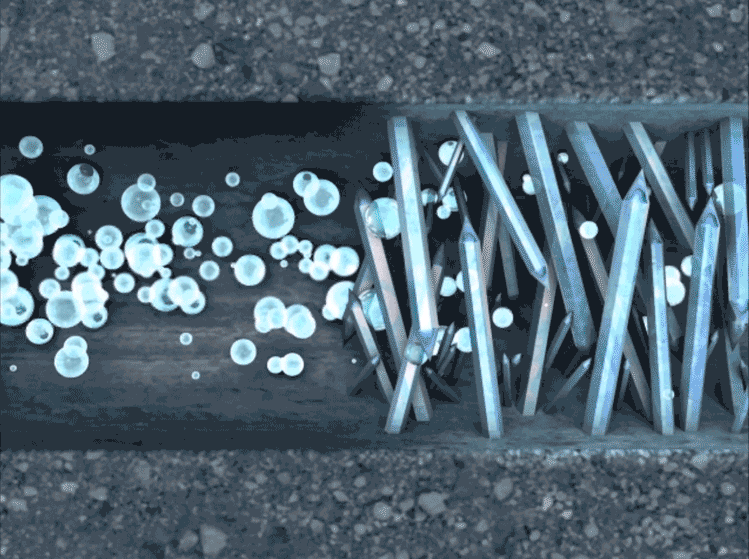
WHY SEAL MASONRY AND CONCRETE?
There are many causes and indications of moisture damage and we often informed of situations that are not based on fact. Worse still, there are a lot of products that claim to solve moisture problems, that are not backed by knowledge or experience. Occasionally we hear about «experts» who measure moisture in concrete with equipment meant for wood, «experts» who cannot distinguish between condensation and moisture penetration…some who believe that coating with paint or membranes is the solution.
Moisture damage can be expensive in many ways, and it is therefore essential that the correct know-how and expertise is used as the basis for prevention and improvement.
There is often much confusion even among the trade press and media who generally express themselves incorrectly…confusing cement for concrete, for example, cement walls, cement mixers, cement floors etc. instead of concrete walls, concrete mixers, concrete floors.
Efflorescence (salt or limescale) is often wrongly referred to as «clear» signs of fungi and mildew.
In this section, we aim to provide a clearer understanding of moisture issues in brick and concrete construction, helping you make informed decisions.











